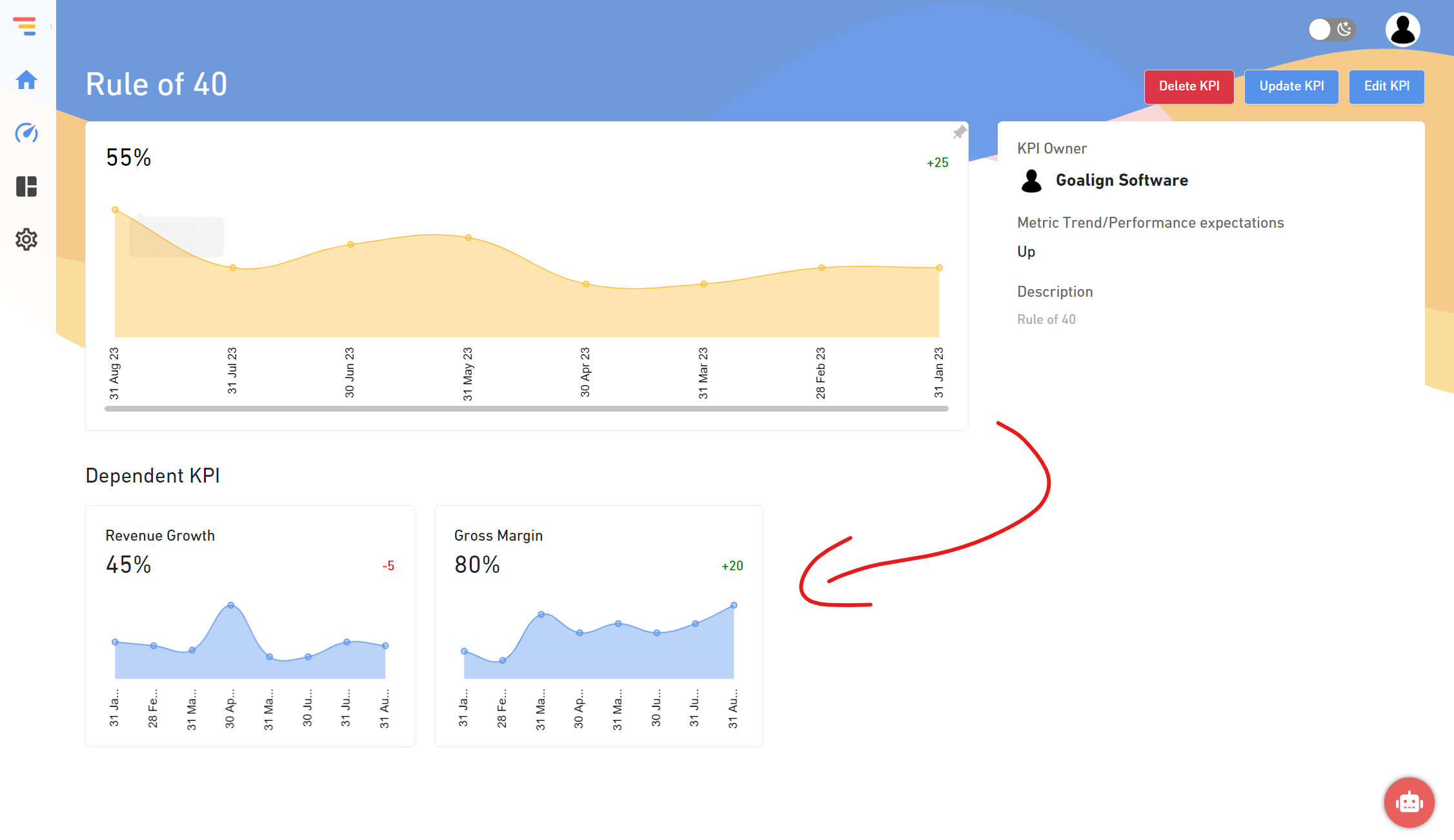Introduction to OKR Tools:
OKRs, or Objectives and Key Results, would undoubtedly be a part of your growth path if your company is devoted to building a high-performance culture. As a visionary leader, you’ve probably considered using an OKR tool to make your way more accessible.
On the other hand, are you undecided about which OKR tool to choose, one that is both affordable and capable of supporting your changing needs? This blog will teach you all you need to know about OKR tools, including the benefits you can expect, a step-by-step approach to making the best decision, and the questions you should ask yourself before making a decision.
What is OKR Software?
OKR software is a tool for defining, debating, recording, and assessing business results inside your organization. While OKR software may resemble other goal-setting software that aims to define and achieve company objectives, it is still based on the OKR approach.
OKR software should typically include three primary areas: quarterly goal-setting and alignment, weekly progress tracking, feedback, and continuous conversations. With this in mind, you should be able to do the following on the OKR management platform:
- Please make a list of OKRs and track their development.
- Make a clear distinction between Key Results and Initiatives.
- For each team and the entire firm, display the most relevant and critical Key Performance Indicators.
- Make weekly planning a priority and tie them to OKRs.
- Updates may be tracked in the Company Newsfeed and via automatic email reports.
- Share your key OKR takeaways in the Team Weekly Summary.
- Give your coworkers constructive criticism and praise.
How to choose the best OKR Software?
Whenever you decide to purchase something new, you must always distinguish between the characteristics that the product offers and the ones that you genuinely require. Let us provide you with some criteria to help you choose the finest OKR software:
1. Make sure you know what you want to achieve.
Begin by making a list of requirements or objectives that your OKR platform should meet. Do you want your OKR tool only to create the goals, or do you want to make sure they’re visible and accessible to all employees? Make sure everyone in your company is on the same page about what you want to accomplish with your OKR tool.
2. The purpose of OKR software
Consider the following reasons for using an OKR management platform in your company:
- What kinds of advantages do you anticipate seeing immediately away, in a month, a quarter, or a year?
- What existing challenges do you want to address by implementing OKR software?
- Are you aware of OKR best practices and why 70% of teams fail to make use of the framework’s benefits?
Your options for OKR tools will be narrowed based on your responses. While some devices, such as Weekdone, are designed specifically for driving change through the OKR methodology, such as performance reviews, engagement surveys, and managing remote teams, are designed for other purposes.
3. Identify the integrations you use
If you have to switch between numerous tools, your staff will be less likely to use the OKR software. As a result, determine the most critical integrations you use and ensure the device you chose supports them.
4. Analyze the features and capabilities
A variety of parts and functionalities are available on every OKR platform. You may not, however, require all of them. You could discover that some premium features aren’t even relevant to your needs. Before making a decision, determine which features and services you require depending on your objectives, such as reporting, target assignment, and so on.
5. Focus on user experience
In the end, the success of your OKR tool will be determined by how well your team uses it. As a result, concentrating on the user experience is critical.
- Is it necessary for your staff to switch between platforms to use the tool?
- Is it possible to use the platform on a mobile device?
- Is it easy to follow the instructions?
- What is the response time for customer service?
These are some factors to consider when determining how users will react to the OKR tool.
6. Determine the size of your team and your scaling requirements
Different OKR tools are appropriate for various team sizes. As a result, you must consider the number of team members who will use the product. Furthermore, if your firm is rapidly expanding, you will likely need to extend your workforce size shortly.
As a result, choose a tool that allows you to scale up and down without burning a hole in your pocket.
7. Gauge your experience with OKRs
It would be best if you also considered how well you comprehend OKRs. If you’re just getting started with the OKR framework in your company, look for an OKT solution that includes OKR coaching from OKR professionals who may have created the product.
The correct OKR software will assist you in setting the right goals, implementing best practices, and making the most of OKRs.
8. Understand data protection compliance
You’ll use your OKR tool to provide a lot of critical information about your firm and team members. Such data and information must be safeguarded, and privacy must be respected.
As a result, you must verify that your OKR software complies with the most critical data protection and GDPR rules.
9. OKR Coaching
Learning to use the OKR technique and sticking to it is critical to success with OKRs. There are many myths and misunderstandings about OKRs. If individuals don’t know how to set OKRs, they’ll only utilize an OKR tool to add their regular activities and rearrange what they’re currently doing differently. The problem is that reorganizing tasks does not increase productivity.
10. Keep an eye on your finances
When choosing the correct OKR tool, you must also consider your budget and money. If you’re in the early stages of your company’s development, you may face financial constraints and must choose a tool that meets your needs while staying within your budget.
Conclusion:
Integrate with platforms you currently use daily, such as Slack and MS Teams, to save time switching and decrease the friction and aversion to utilizing OKR products. You can’t afford for your teams to operate like they’re on an isolated island if you want to build and expand your organization: without alignment on business goals, a single purpose for daily work, good communication, and updates. This isolation can result in various challenges, including wasted time, lost money, and internal misunderstandings.






